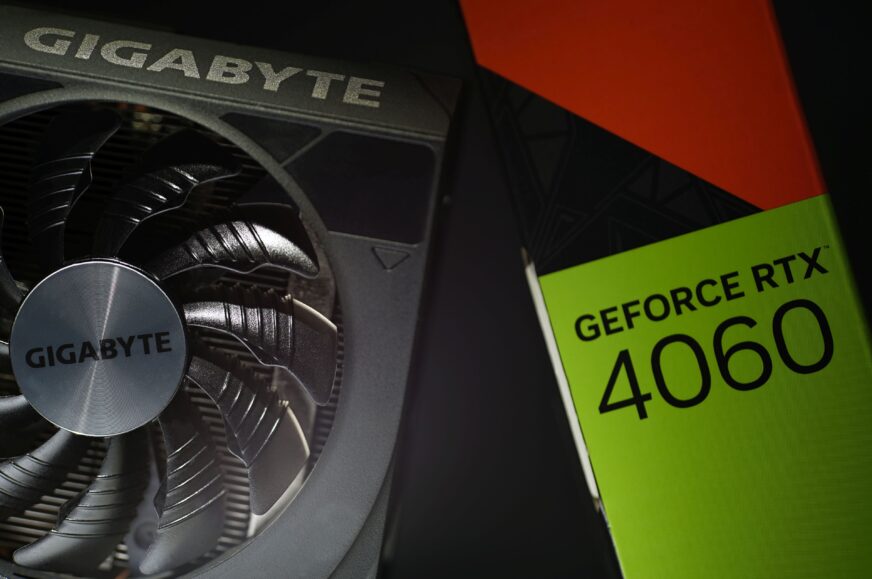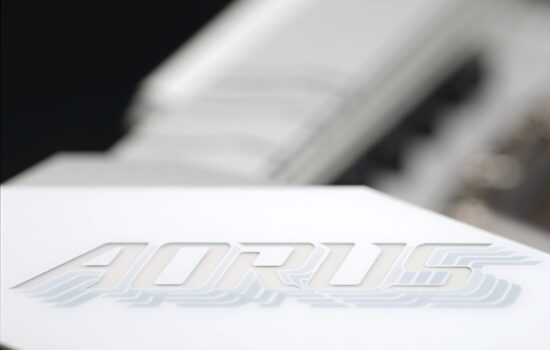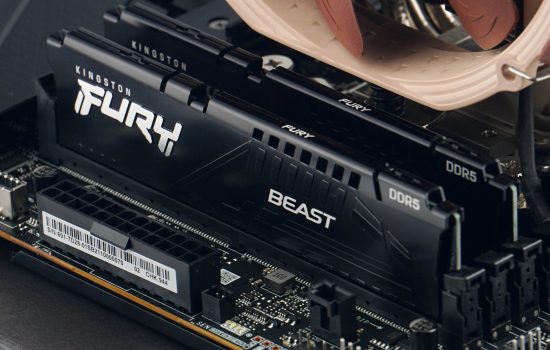Conclusion
Catching up where we’re behind, we come to the GeForce RTX 4060. Across designs, these graphics cards represent not only the most efficient and lowest-power across the latest generation of Nvidia Ada Lovelace, but overall (i.e., even compared to the latest Radeons, including the competing RX 7600). The advantage of the tested (RTX 4060) Windforce OC 8G design is in its smaller size and extra compatibility.
Conclusion
The RTX 4060 Windforce OC 8G is without a doubt the most efficient gaming graphics card we’ve ever tested. Compared to the RX 7600 Pulse, it has an edge of up to 55% in this regard and compared to the RTX 3060 Eagle the RTX 4060 Windforce OC 8G is almost twice as efficient in terms of gaming use. At a third less power draw, non-ray-tracing gaming performance at the target resolution (1080p) is about 24% higher on average. The Radeon RX 7600 XT is ahead of the RTX 4060 by roughly 5 percent in speed, but that’s at a power draw of 39–67W higher.
The RTX 4060 performs most attractively in Full HD resolution, which is also where the biggest speed difference is in games compared to the previous generation. Gradually, as resolution increases, the RTX 3060 is catching up to its successor, but it’s still 17% weaker on average. Most importantly, high resolutions are already out of the comfort zone of this class of graphics cards, and only less demanding games such as Counter-Strike, DOOM Eternal, FIFA, Forza Horizon or Wasteland 3 work.
But for more demanding games, there’s always DLSS support, and for example, Cyberpunk 2077 (with DLSS on “Performance”) is playable on Ultra while maintaining decent visual quality even if you own a QHD monitor. That is, without ray tracing, for smooth gameplay with RT you have to go the route of combining FHD and DLSS. The RTX 4060 is naturally a low-cost option that comes with performance trade-offs, but a necessity to reduce graphical detail is relatively rare at Full HD resolution. Unless, of course, you take ray tracing into account. Where it is, and even if only to a small extent (such as in Shadow of the Tomb Raider), running a game with the RTX 4060 is usually accompanied by at least lower minimum fps, or stuttering. For gaming with RT without DLSS, the RTX 4060’s capabilities are usually not enough. But the Radeon RX 7600 is significantly worse off, not only in terms of raw performance, but also weaker FSR support compared to DLSS.
The RX 7600’s gaming performance per euro ratio is admittedly more favorable in a comparable design, but the RTX 4060 scores significant points with its power draw and DLSS (including DLLS 3 with frame generation, which older GeForce RTX 2000/3000 graphics cards don’t support). In a work environment, exclusive CUDA support or tensor core acceleration may also prove advantageous for GeForce, for example in Blender with the Cycles renderer, where the RTX 4060 is significantly faster compared to the RX 7600 (with OpenCL). On the contrary, it lags behind in some applications under OpenGL. Radeon may also have the upper hand when accelerating select filters in Adobe Photoshop, but for a change in Affinty Photo, the RTX 4060 is ahead. Making the right choice is again about a good consideration of what you use most often and where each graphics card has the edge. There is no such thing as “better” or “worse” in a universal sense.
It’s also notable to focus on power draw at lower loads, where the RX 7600 XT is a hair lower-power in most cases (VP9 acceleration, web environment in Google Chrome) and sometimes quite significantly, for example while idle, where there’s as much as a fourfold difference against the RTX 4060 (20 vs. 5 W of the RX 7600). In the case of the RTX 4060, there is also a rare phenomenon where power draw with multiple monitors (or alternatively one high-speed monitor) is lower than with a single 60-hertz monitor. This is because the dual-monitor load, while higher, has a stable power draw curve, without spikes or regular pulses that are typical for very low loads on GeForce RTX 4000s.
The lowest variant of RTX 4060, i.e. the one tested – Windforce OC 8G – is a very handy, short card that fits well into some SFF builds and, due to its “slimness”, also gives extra space for installing expansion cards. A rather big shame though is that Gigabyte only used a single heatpipe within the cooler. This is certainly undersized for a 125-watt card, and it shows up in higher noise, which is inadequate at such a low power draw. And while it’s not outright a racket, the noise level is even higher than Gigabyte RTX 4090 Gaming OC 24G, which is a graphics card with almost four times the power draw. The aerodynamic sound is made up of higher frequencies, in the 750–2500 Hz band. The coils are relatively quiet and reliably fade out at significantly higher fan noise.
There is some room for making the card quieter, but only a small one. Average GPU temperature even in our conditions (with a constant intake air temperature of 21.0–21.3°) reaches 74°C, with hotspots still 15–20°C higher. The heatsink fin surface area would also be sufficient for more efficient cooling, but there would have to be at least two heatpipes. This is the only serious shortcoming of the RTX 4060 Windforce OC 8G. But aside from that, it’s a great graphics card that, among other things,in practice, significantly exceeds the claimed boost specs in games, by 112–295 MHz. We would like to give it a more prestigious award than “Approved“. But that’s what Gigabyte’s RTX 4060 takes away only because of the weaker implementation of the cooler.
English translation and edit by Jozef Dudáš
| Gigabyte RTX 4060 Windforce OC 8G |
| + High performance, optimal for 1080p gaming |
| + Top-notch efficiency |
| + Attractive price/performance ratio... |
| + ... even with respect to computational tasks |
| + Support for AV1 encoding |
| + Smaller size, better compatibility with everything around |
| + Exclusive support for DLSS (3), CUDA and OptiX |
| + Given the cheaper design, high GPU clock speeds |
| - Noisier, slightly undersized cooler |
| - DisplayPort version 1.4a only (applies to all RTX 4070/graphics cards with Nvidia Ada Lovelace GPUs) |
| Suggested retail price: 349 EUR |
We would like to thank the Datacomp e-shop for their cooperation in providing the tested hardware
- Contents
- Table of parameters
- Methodology: performance tests
- Methodology: how we measure power draw
- Methodology: noise and sound measurement
- Methodology: temperature tests
- Test setup
- 3DMark
- Age of Empires II: DE
- Assassin’s Creed: Valhalla
- Battlefield V
- Battlefield V with DXR
- Borderlands 3
- Control
- Control with DXR and DLSS
- Counter-Strike: GO
- Cyberpunk 2077
- Cyberpunk 2077 with DLSS
- Cyberpunk 2077 with DXR (and DXR with DLSS)
- DOOM Eternal
- F1 2020
- FIFA 21
- Forza Horizon 4
- Mafia: DE
- Metro Exodus
- Metro Exodus with DXR and DLSS
- Microsoft Flight Simulator
- Red Dead Redemption 2 (Vulkan)
- Red Dead Redemption 2 (Dx12)
- Shadow of the Tomb Raider
- Shadow of the Tomb Raider with DXR
- Total War Saga: Troy
- Wasteland 3
- Overall gaming performance and performance per euro
- CompuBench (OpenCL)
- SPECviewperf 2020 and SPECworkstation 3
- FLOPS, IOPS and memory speed tests
- 3D rendering 1/2 (LuxMark and Blender@Cycles)
- 3D rendering 2/2 (Blender@Radeon ProRender and Eevee)
- Photo editing (Adobe Photoshop, Lightroom and Affinity Photo)
- Broadcasting (OBS and Xsplit)
- Password cracking
- GPU clock speeds
- GPU and VRAM temperatures
- Net graphics card power draw and performance per watt
- Analysis of 12 V branch power supply (higher load)
- Analysis of 12 V branch power supply (lower load)
- Analysis of 3,3 V branch power supply
- Noise level
- Frequency response of sound
- Conclusion














Perhaps I remembered wrongly, but I thought the analysis section was a bit different (on the size of the cooler and heatpipes)?
Anyway, it’s a shame that this model has such poor thermal performance. The fin stacks looks ok, the fans look fine, so the most likely culprit is indeed the lack of a second heatpipe. The similarly sized MSI Ventus 2X is much better in comparison.
The fans are smaller, with a diameter of 80 mm and a profile height of 10 mm. The heatsink is lower, the cooler with the cover fits comfortably into two slots. The heat pipe has a diameter of 6 mm, its path is well visible from the TechPowerUp tests. We don’t disassemble graphics cards, so that the next reviewer in line, who will test the sample, can also measure the correct (undistorted) values.